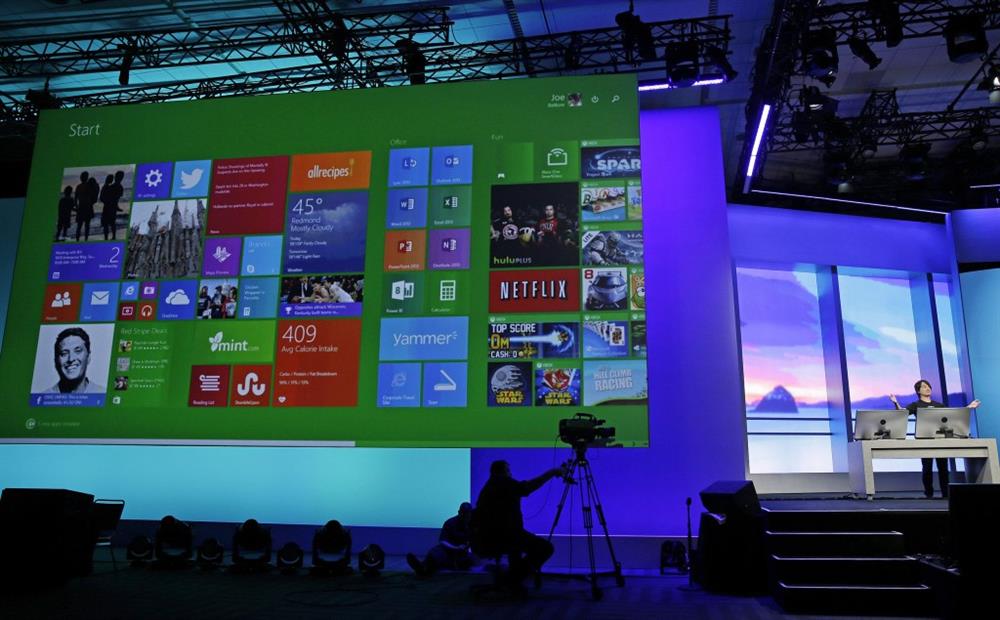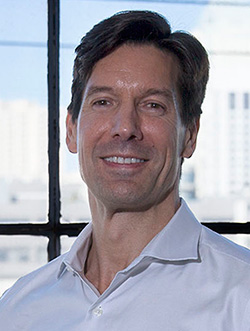 JUST TWO MONTHS into the tenure of new CEO Satya Nadella, Microsoft feels like an entirely different company. It’s finally letting go of the past and looking towards the future. That’s nothing less than a wonderful thing, but it comes with a caveat: You have to wonder if it came too late.
JUST TWO MONTHS into the tenure of new CEO Satya Nadella, Microsoft feels like an entirely different company. It’s finally letting go of the past and looking towards the future. That’s nothing less than a wonderful thing, but it comes with a caveat: You have to wonder if it came too late.On Tuesday, at its annual developer conference in San Francisco, the software giant unveiled a free version of its Windows operating system — a seismic shift in strategy that never would have happened under ex-boss Steve Ballmer — and a day later, the company made an even more remarkable move in open sourcing many of its software development tools and programming languages, freely sharing the underlying code with the world at large.
That may seem like a small thing, but in Microsoft’s world, it’s absolutely enormous. For the past two decades, Microsoft — more than any other major tech company — has kept its distance from the increasingly powerful open source movement, and for years, it actively worked to squash it.
When you also consider that the company recently released a version of its Office software suite for the Apple iPad — something Ballmer was loath to do because it might hurt sales of tablets running Windows — you know that Microsoft is finally ready to compete for the future. Nadella has taken the company by the throat and immediately pulled it forward. He realizes that in today’s world, Microsoft must operate more like Google. You don’t succeed by trying to force an expensive operating system onto the market. You expand your tech empire by offering free operating systems and free developer tools. You can then make your money by selling other stuff, like web services and online ads and maybe even Microsoft Office.
The question is whether, after so much water under the bridge, Microsoft can actually make this work. Inside the company, voices have been calling for big moves like this for years, and while it dithered under Ballmer, rivals like Google took control of so many new markets, from smartphones to cloud services. Ex-Microsoftie Sam Ramji was one of those voices, and though he applauds the New Microsoft, he’s not sure the future can be won. “Times are changing,” he told us after Microsoft revealed its free OS and free developer tools. “But is the change coming soon enough?”

Mark Russinovich. Photo: Josh Valcarcel/WIREDWhat’s undeniable — though Steve Ballmer denied it for years — is that Microsoft had to make these moves to at least have a fighting chance in the new tech world. And Mark Russinovich — a Microsoft Fellow and one of the lead architects of the company’s Windows Azure cloud service, another step into the future — believes that the company is now prepared to succeed. This starts with that free version of Windows, which is aimed not only at smartphones but at the next big thing: wearables.
Since the OS is free, Microsoft can more easily get the thing onto phones, digital eyewear, and other devices, and once it’s there, Nadella and company can use it to sell apps and online services. “If you look at the way business models are going, it’s not about the bottom-most piece of the system,” Russinovich told us on Wednesday, at the Microsoft developer conference where it unveiled the new OS. “The device itself — the OS that runs on top of that — is not where the value is. The value is in what you put on top of that.”
Indeed it is. The trouble is that Google and Apple have all but won the smartphone and tablets wars, and some rivals, including Google, already have a head start on wearables. If Microsoft has offered a free version of Windows even a few years ago, the challenge ahead wouldn’t be nearly as daunting.
In similar fashion, by open sourcing its developer tools — including the .NET programming framework and Visual Basic and C# programming languages — Microsoft can get them into the hands of more coders, and that means these coders will build more stuff for Windows and other Microsoft platforms — at least in theory. As open source software, these tools are more attractive to coders not only because they’re free but because it’s easier to understand how they work. If you’re building an application atop a programming framework like .NET and run into a bug, Russinovich says, there are cases where you need to understand the inner-workings of the framework in order to find that bug. “When its open source,” he explains, “you can go and look at it and say: ‘Oh, it’s because of this.'”
Ramji agrees that free .NET is the way forward — as would any other seasoned developer. But as with the free version of Windows, he thinks the change may have come too late. Because programming tools like Java have been open source for so long, they’re already blanketing the programming world, and things like .NET have an awful lot of catching up to do. “The majority market share technology…is hard to unseat because there are so many external subsidies — community projects, word of mouth, commercial products.”
In other words, an open source .NET is now free to spread across the tech landscape, but it will have a hard time replacing Java, which is hooked into so many parts of that landscape. Or, if you like, you can think this in even simpler terms: Nadella is the right man for Microsoft, but he should have arrived years ago.